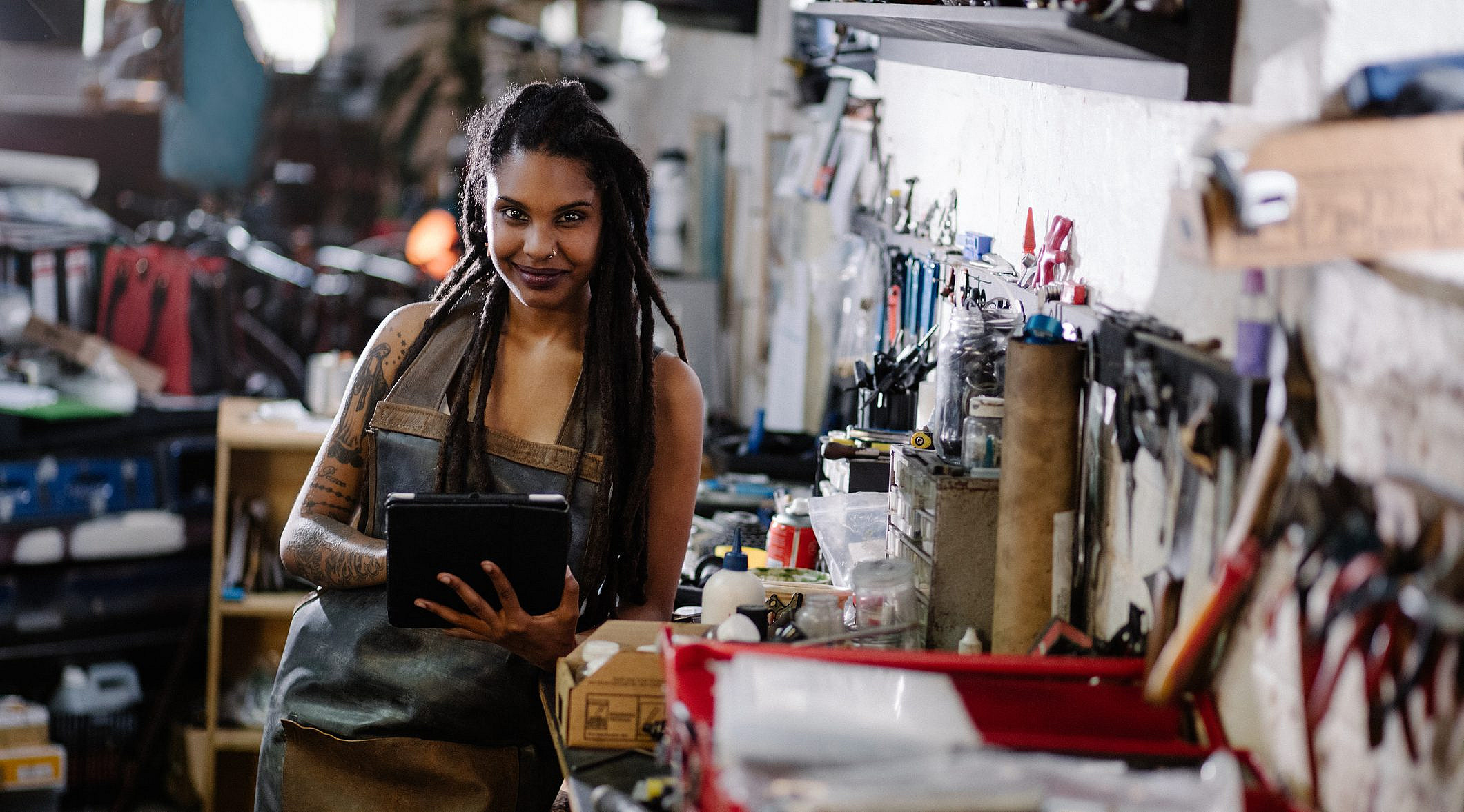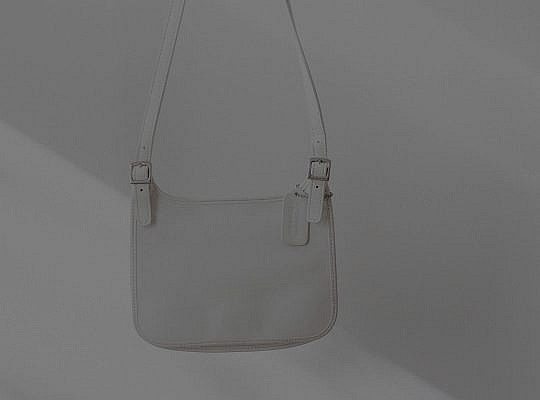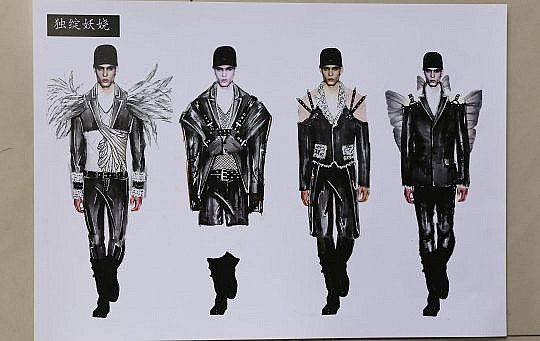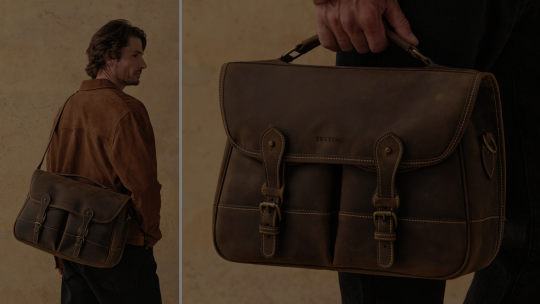Working with leather has its challenges and its rewards. There are many different careers – could one be for you?
There are a huge number of routes into working with leather. Some people come to it mid-career after finding a love for the material along the way, and others get in at the beginning, through apprenticeships, vocational college courses or design degrees. Here is a quick rundown of some of the options.
Leather technologists supervise and manage the conversion of hides into leather. They oversee the cleaning, tanning, dying and finishing of the hides before they are sent to goods manufacturers. The best route to this job is a degree in either leather technology or fashion and design technology. Most countries that produce leather have universities running leather technology degrees, notably Brazil, Argentina and India.
Most shoe repairers, or cobblers, learn their skills through apprenticeships found either through the government or directly from employers. They will learn repair and maintenance of footwear, including resoling and reheeling and also how to make basic repairs on other leather goods.
For high-end accessory making, many of the top brands offer training or apprenticeships, it is worth checking directly with them for any opportunities. Mulberry regularly advertises for apprentices who will be taught cutting, stitching, internal work and all the skills necessary to produce their bags and other products.
Similarly, high end shoemakers, such as Cheaney and Crockett and Jones in Northampton, England offer apprenticeships. Shoemakers must learn everything from cutting, colouring shaping, stitching and finishing. The very best go on to become bespoke shoemakers, making one-off pairs of shoes from first measurement to last stitch.
People working in the saddlery industry tend to specialise in the production of either saddles or bridles. To become a master saddler or master bridler can take up to 14 years. Up to seven years to work from apprenticeship to qualified saddler, then seven more years of experience and inspection before being recognised by the Society of Master Saddlers.
There are many different routes into leather design. From specific craft courses to general fashion design. But designers need to know about the technical aspects of leather in order to produce designs that can actually be made!
A good first step is to research nearby colleges and universities to see what courses they run. It is also worth contacting specific companies or manufacturers for advice if they employ people in the kind of job you are interested in. Good luck!
More on leather craft click here.








